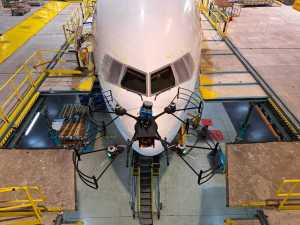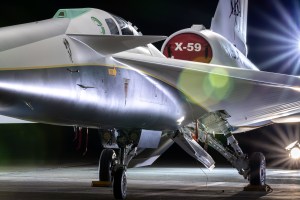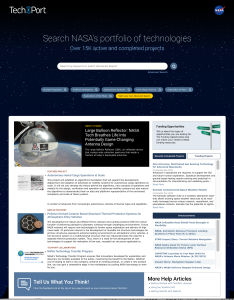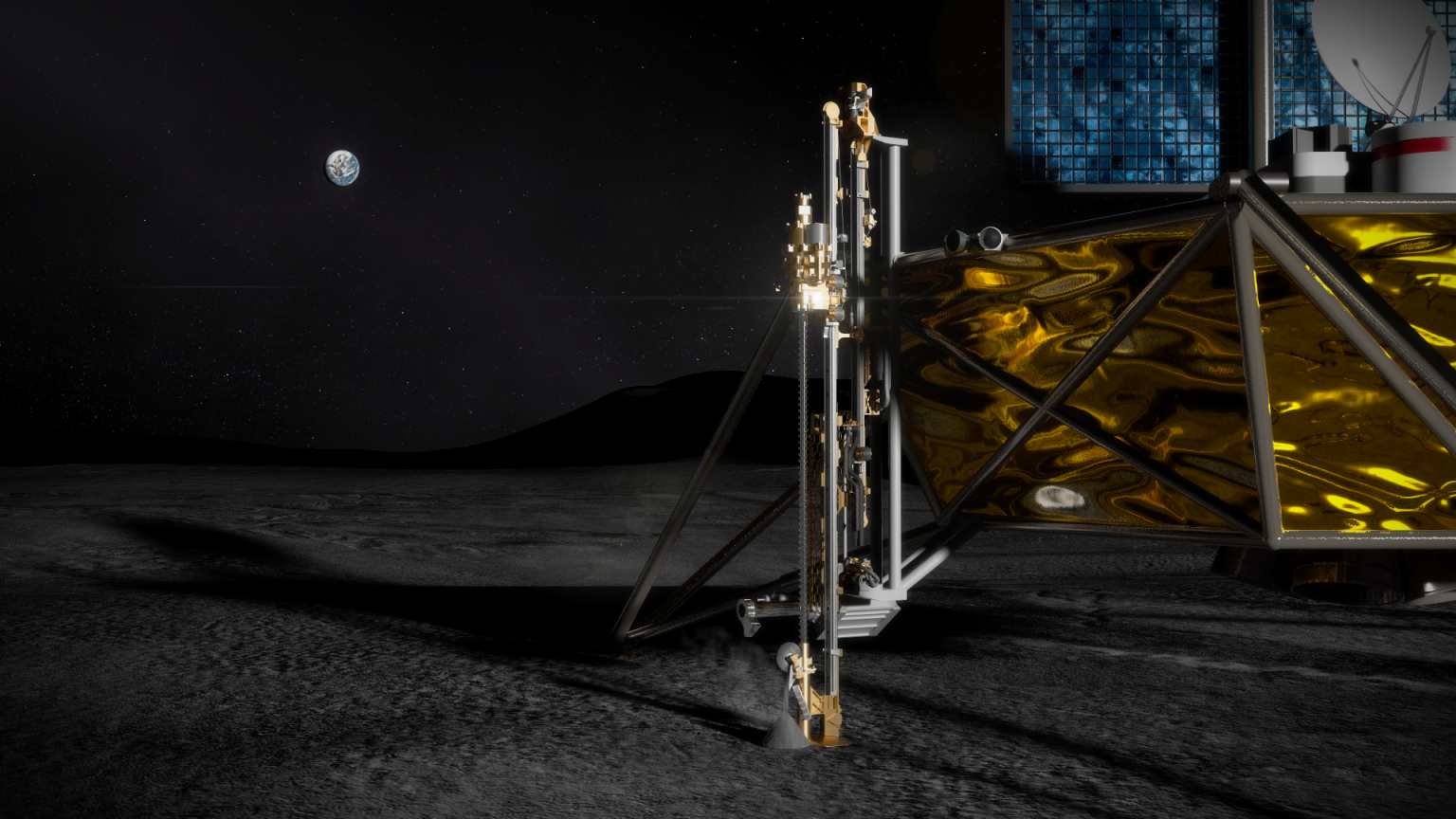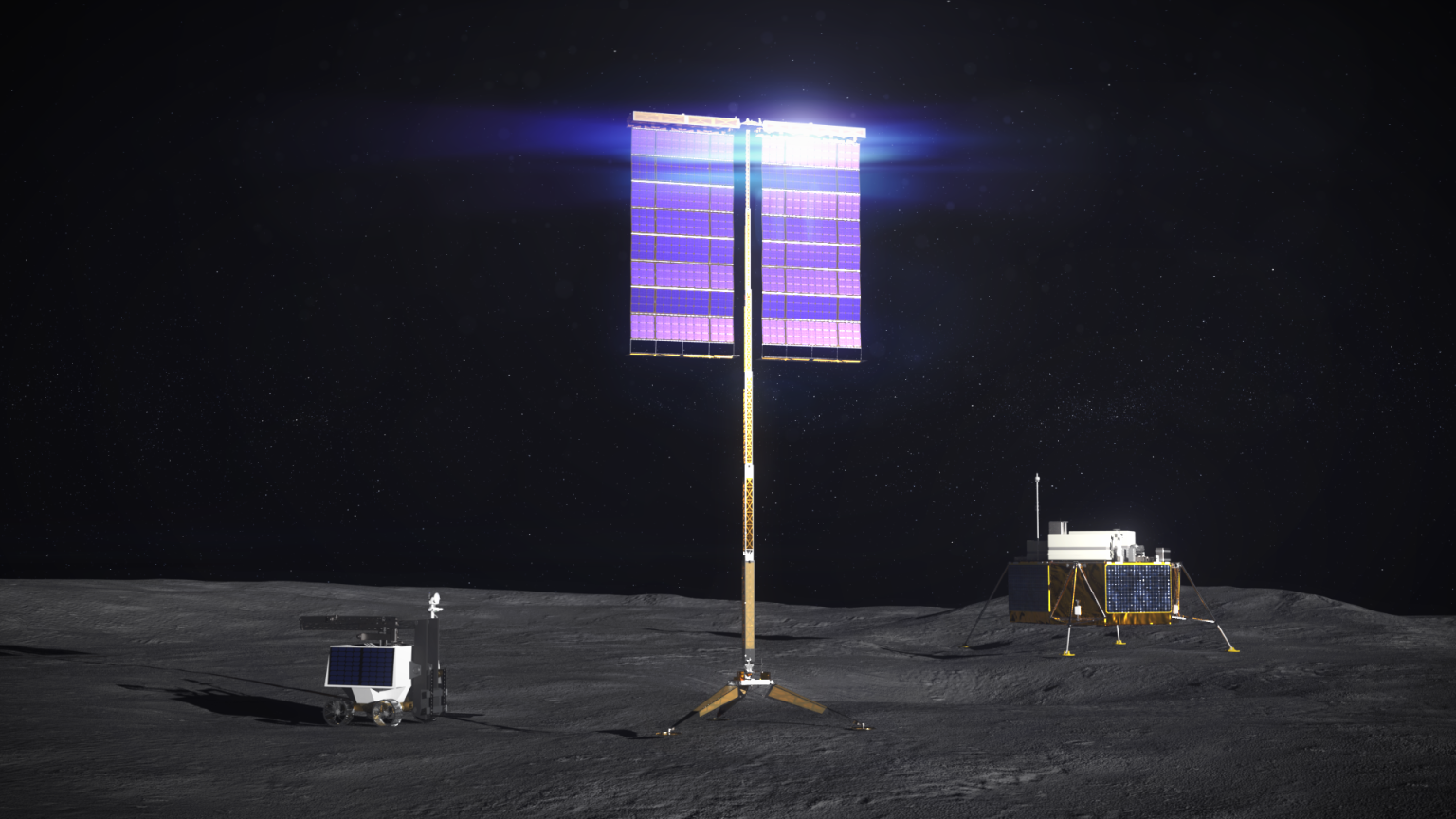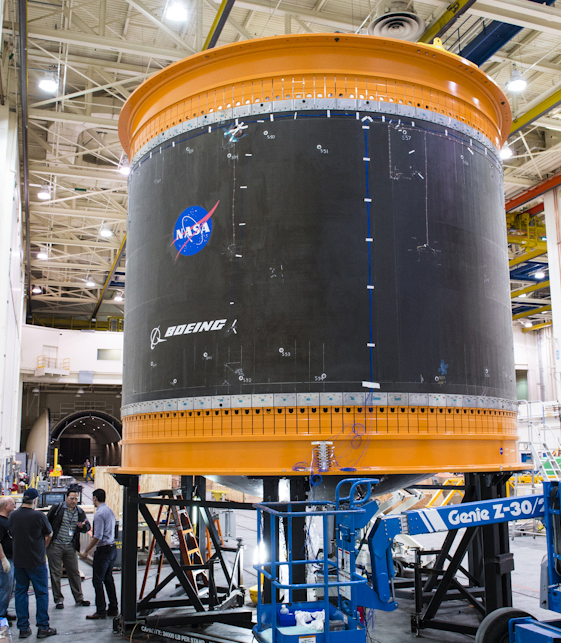The primary objective of the Composite Cryotank Technologies and Demonstration (CCTD) project is to mature the technology readiness of composite cryogenic propellant tanks at diameters that are suitable for future heavy lift vehicles and other in-space applications.
Note: Please note that this is an “archived project” and is no longer updated. This article is meant for historical purposes only.
The primary objective of the Composite Cryotank Technologies and Demonstration (CCTD) project is to mature the technology readiness of composite cryogenic propellant tanks at diameters that are suitable for future heavy lift vehicles and other in-space applications. The concept being developed and demonstrated by this project involves advanced materials (composites), structural concepts (joints, splices, fasteners, etc.), and manufacturing techniques. For this project, an out-of-autoclave manufacturing approach is being developed.
The Boeing Company will: design and manufacture a 2.4-meter diameter and a 5.5-meter tanks based on expected loads from the larger SLS tank using an out-of-autoclave procedure; validate the performance of the tanks composite material systems in a relevant environment (e.g., structural integrity, permeability, microcracking); validate the durability of the tanks composite materials under cyclic thermal-mechanical loads; validate the predicted performance of critical joints and design details under representative mechanical and thermal loads; and validate the manufacturing techniques used to create a structural cryotanks. If successful, the manufacturing of large, high-performance composite structures can be accomplished throughout industry without the need of an autoclave, thus improving competition and potentially further reducing the cost to manufacture very large composite components.
Success in this project could lead to rocket propellant tanks that are more than 30 percent lighter and 25 percent cheaper to fabricate compared with current state-of-the-art metallic tanks. Such advancements offer less cost for payload delivery to orbit and the potential of enabling advanced human and robotic space exploration missions.






























